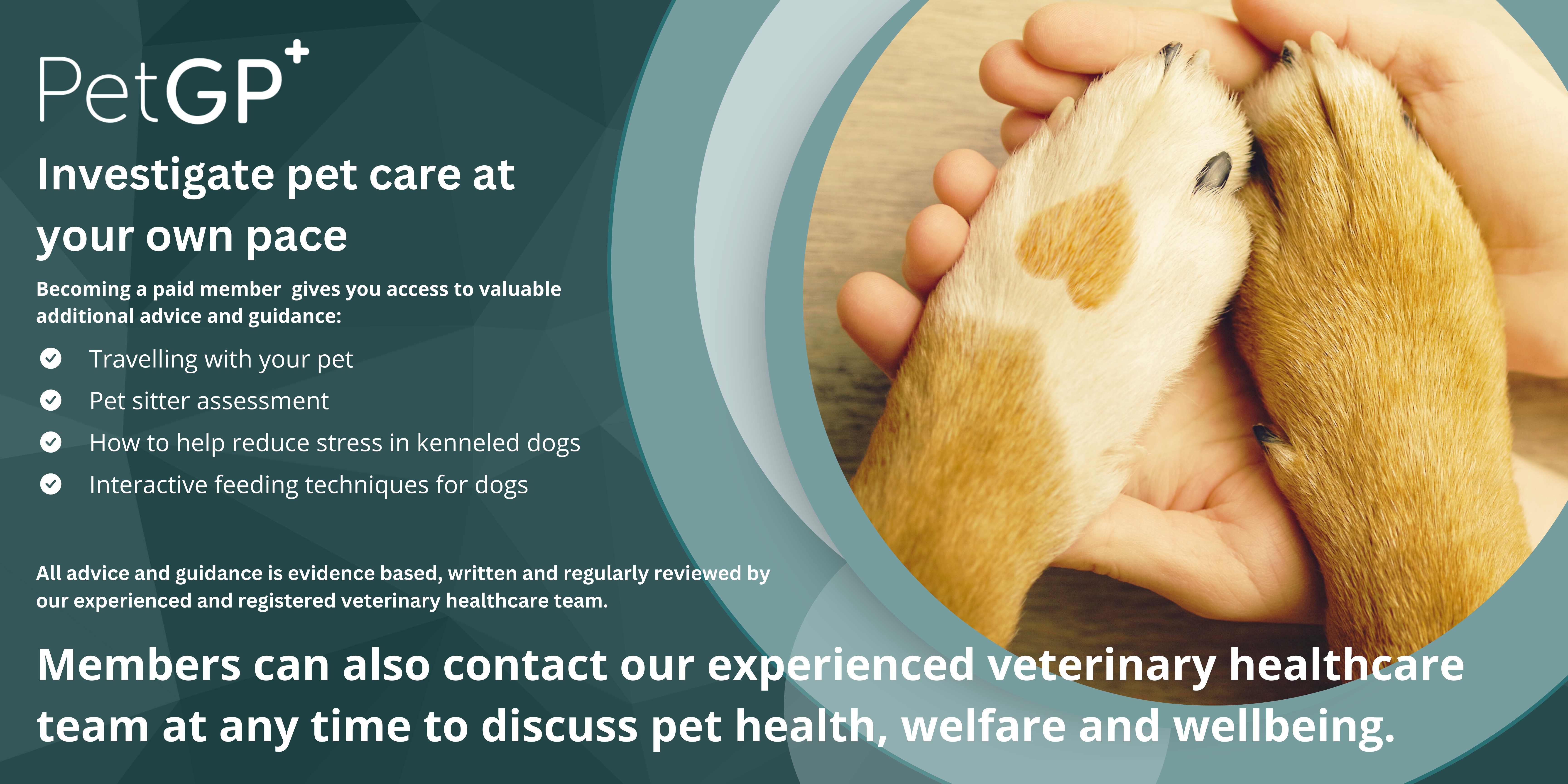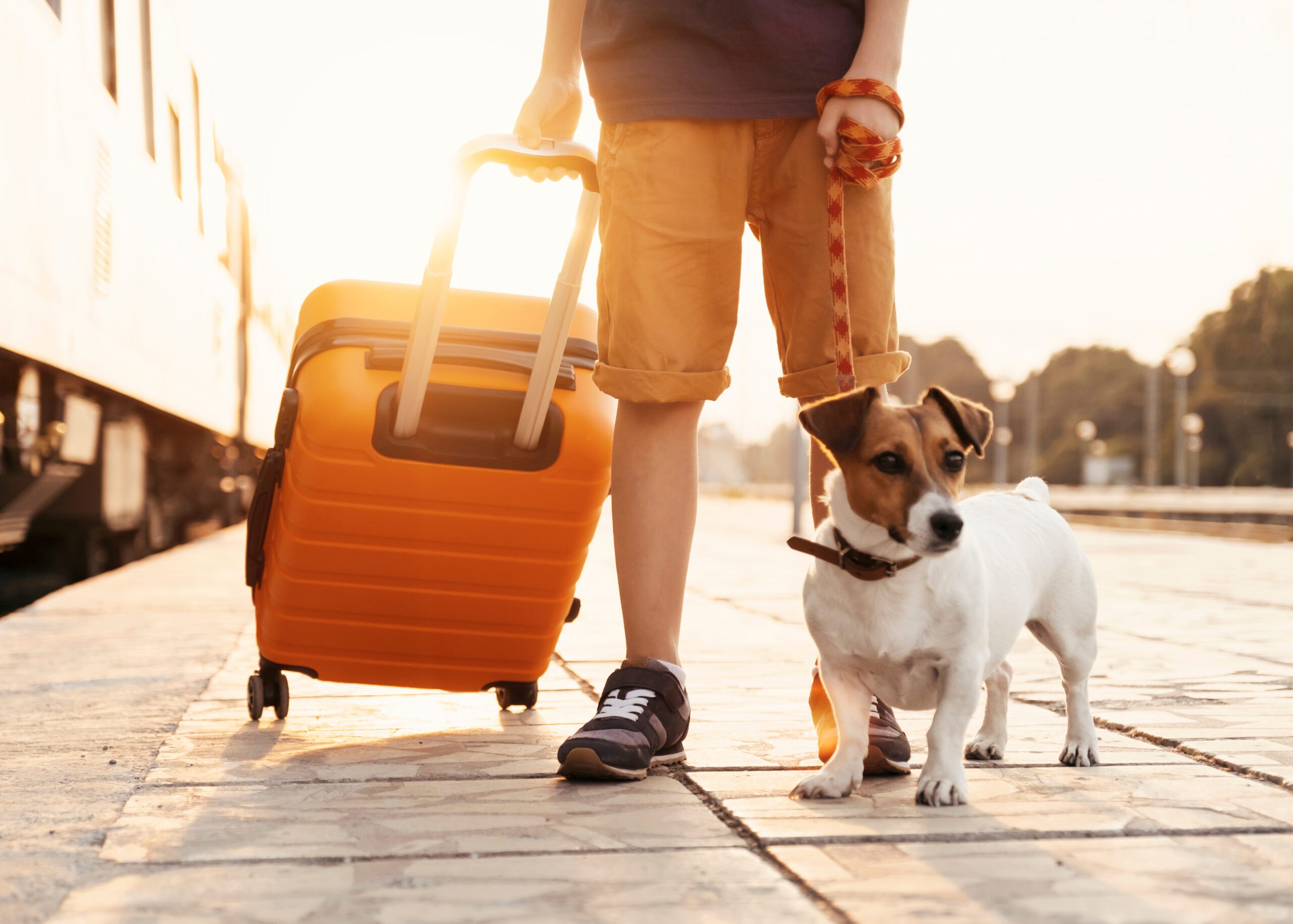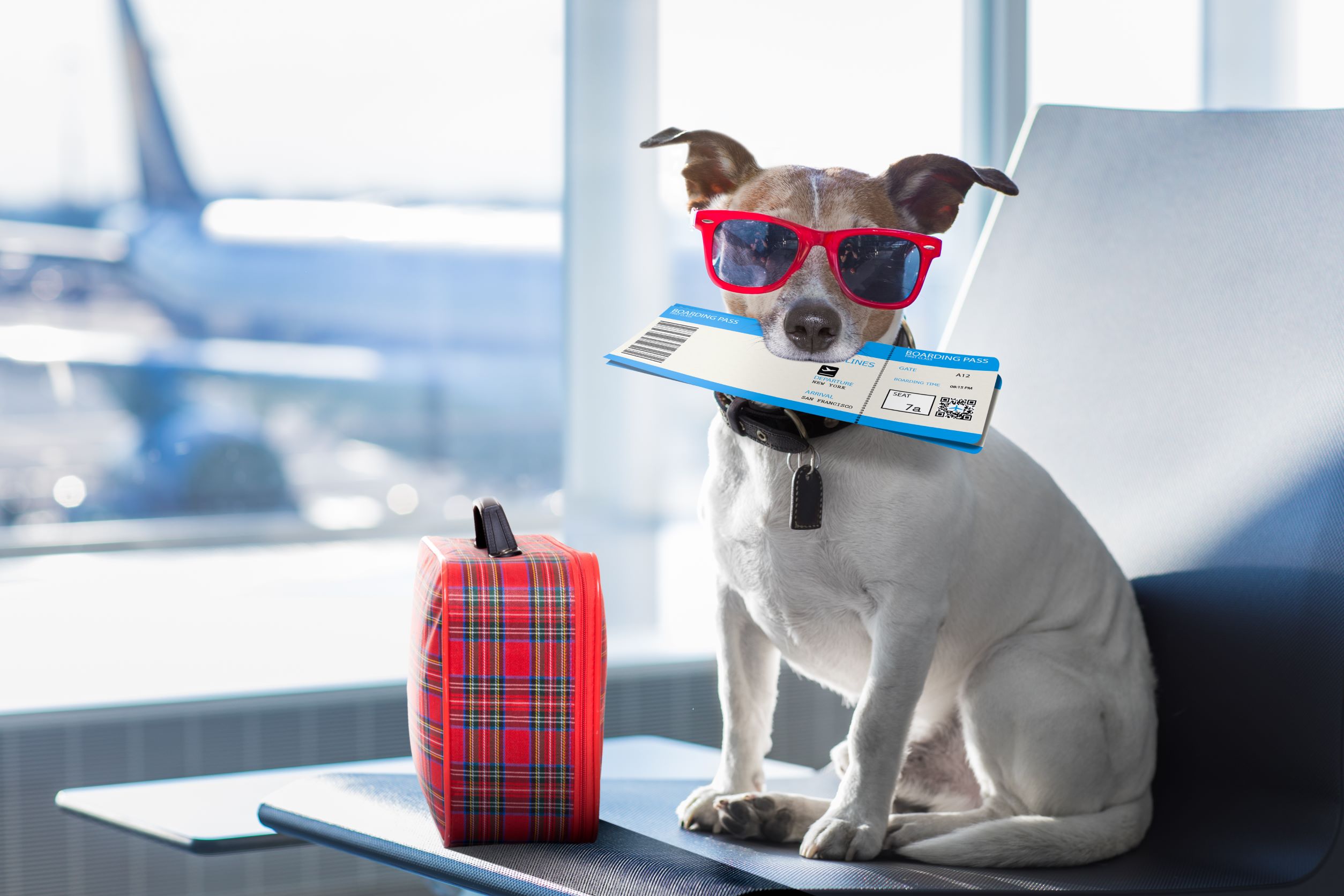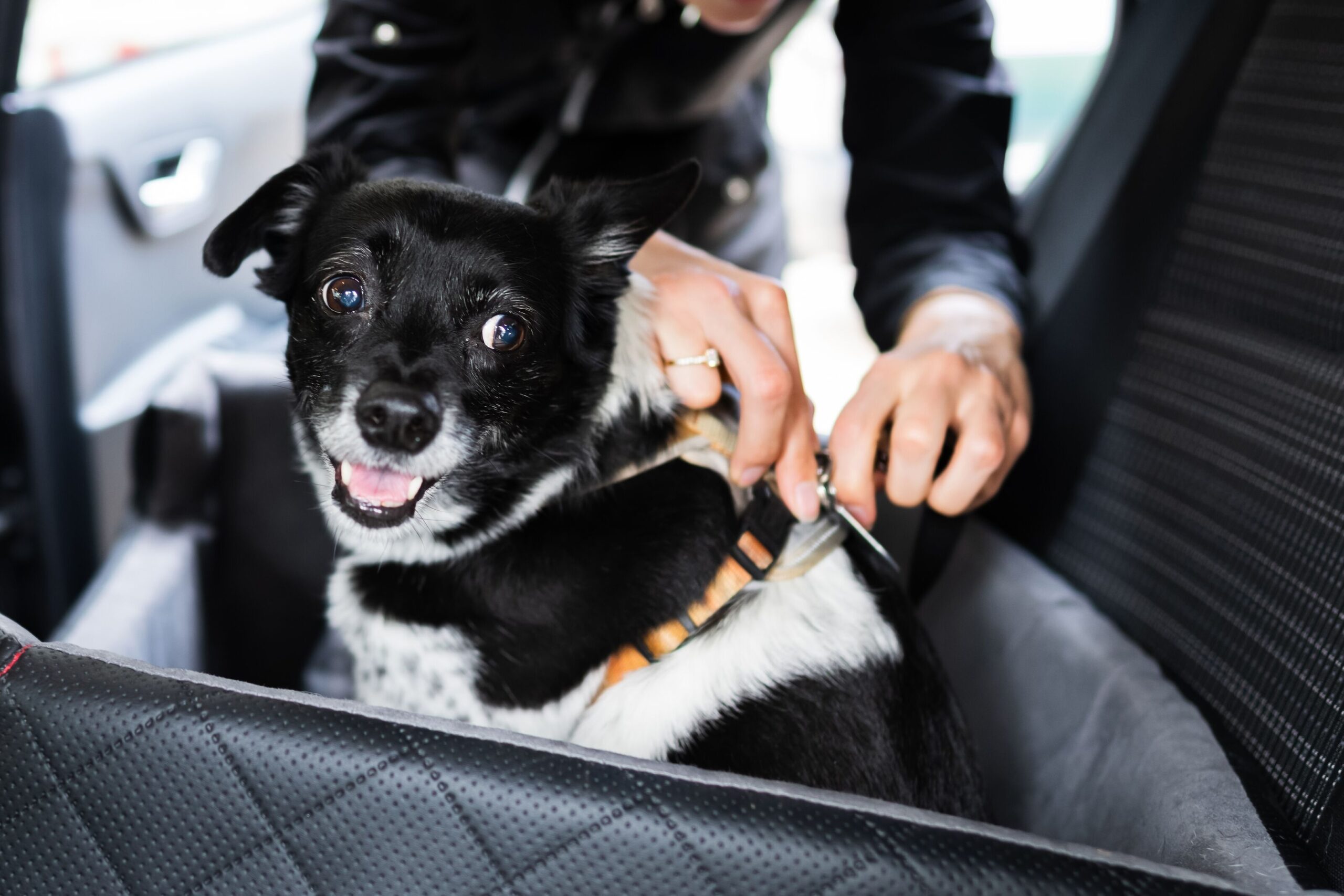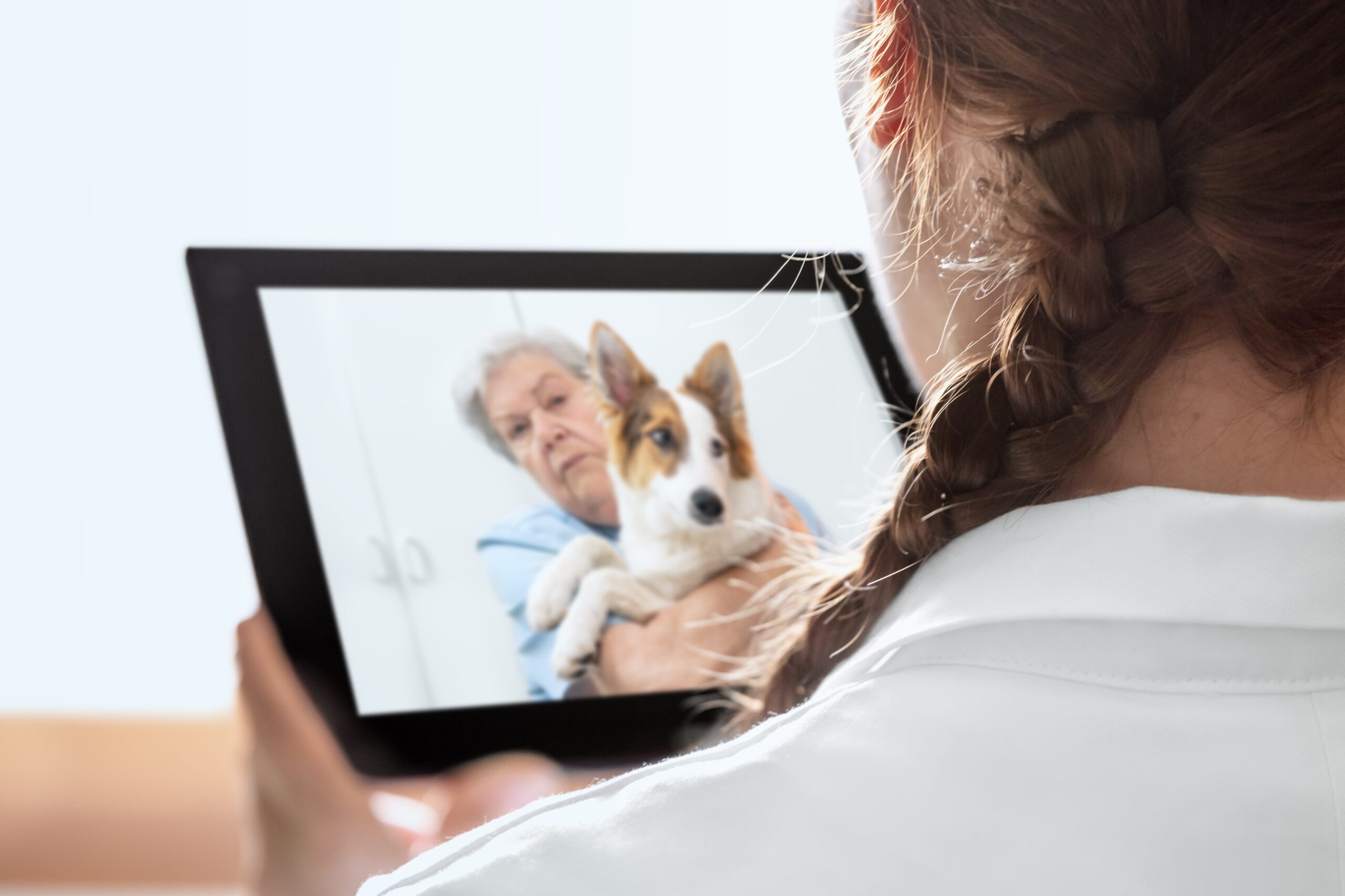Separation anxiety
Dogs are sociable animals. Throughout history they have always lived in packs or “family” groups. If they have the choice, they prefer this way of living. Cats, on the other hand are more independent and rarely suffer from separation anxiety. Some dogs crave the companionship of humans. Some dogs are happier with other dogs but either way they would prefer not to be alone for long periods of time. Most dogs should cope with being left for a few hours, particularly if they have been brought up this way from a young age.
If you notice any of the following signs, then your pet could be suffering from separation anxiety:
- Your pet follows you from room to room when you are at home and becomes anxious when they cannot see you.
- They become distressed when you prepare to leave the house
- They are elated when you return home
- They show any of these physiological symptoms in relation to being on their own: panting, pacing, salivating/drooling, drinking excessively, increased heart rate, increased respiration rate and a need to go to the toilet.
There is no quick fix for this issue. With time and patience you can make your pet feel less worried and more relaxed when they are on their own.
Dogs
Choose a quiet space you can make safe for your dog. If your dog hasn’t been crated before, introducing a cage at this stage may cause more stress. Try using stair gates to create barriers. Have a comfortable bed, water and food bowls and a radio for company. If your dog is a chewer you must ensure these items are safe for them. Leave something in that area with your smell to give the dog a sense of security. You can try using a pheromone diffuser too. Choose a few days when you know you will be home and not have to leave the dog for too long. Throughout the first day randomly pop your dog in their safe area with a chew or filled Kong toy (chewing is a calming activity for a dog). Stay close but go about your business for a few minutes, then open the gate, the dog can then choose to come out or carry on chewing in there. Build this up over the next few days. Gradually introduce longer sessions with you going out of sight occasionally. Eventually you should be able to leave the house knowing you have a calmer dog at home.
Cats
If you think your feline friend may be suffering from separation anxiety then try using a Feliway Classic pheromone diffuser. Make a safe comfortable place for them to hide. This should be either up high or in a box. Start by going out for very short periods of time and building this up slowly.
In some instances, for both cats and dogs, you may need specialised advise. This depends on how extreme the signs of separation anxiety are. If you think this is the case its always better to speak to your vet before contacting a behaviourist.
